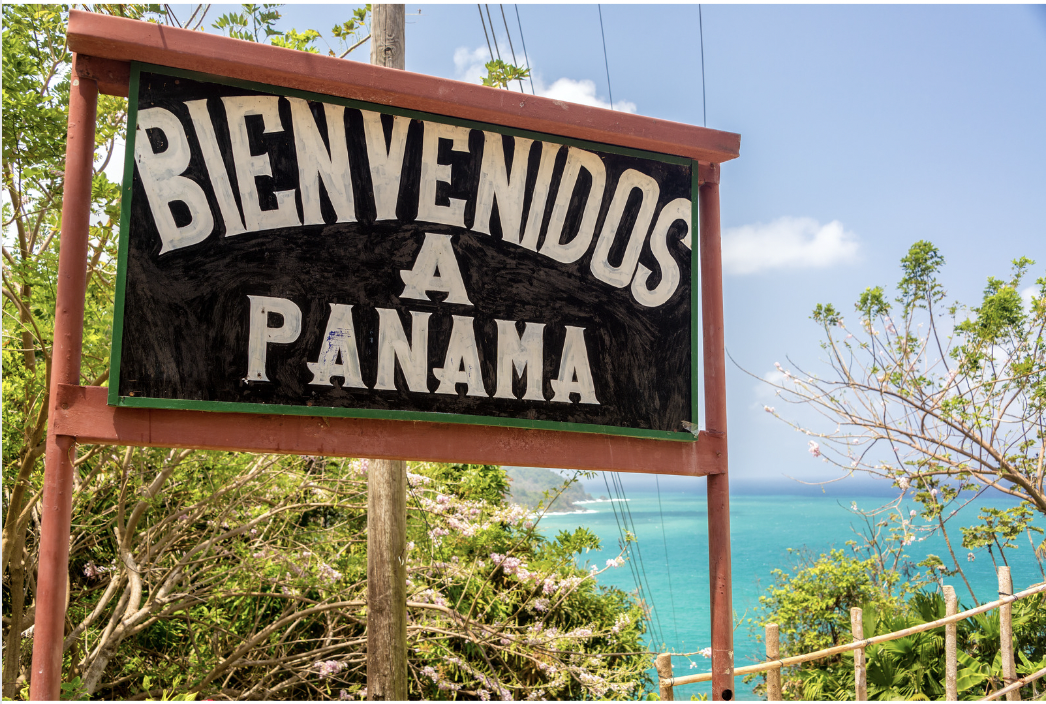Panamanian Echoes: The Story of a Brave Young Explorer
The story of Rey’s Transcontinental Tale: From Panama to the United States is a story of hope and reflection. Purchase today! You will enjoy it!
You wrote a book?
Witnessing someone launch a new book has always struck me as a remarkable achievement. The intricacies of the book writing and publishing process became clearer to me when my husband, Reinaldo, decided to embark on this journey. While I was on a student trip in Costa Rica last summer, he shared an excerpt from his book, written in the captivating perspective of a 6-year-old child. I was immediately captivated by the narrative style, and upon my return, I discovered that he had not only completed the book but also had children, including our own, read excerpts, receiving enthusiastic approval. As an immigrant, I find solace in stories of people's lives in their home countries and the journey to the United States. Reading Rey's adventures in the jungles of Panama, narrated by a child, reignites a sense of innocence and wonder in me. After 28 years of marriage, I thought I knew all of Reinaldo's capacities, but amid a challenging year filled with church responsibilities, dissertation work, and family trials, he managed to create what I consider a true masterpiece – a beautiful piece of art that emerged in the midst of life's chaos.
Let me tell you a little about the book, its themes, and the era it was written.
Book Themes
The Beauties of Panama are mentioned in the book
Panama in the 1970s was a haven for diverse wildlife. The rainforests echoed with the calls of colorful birds like quetzals, while elusive jaguars and ocelots roamed freely. Along the Chagres River, crocodiles hung out in the sun, and vibrant frogs added pops of color to the forest floor.
The marine life along Panama's coasts was equally rich, with coral reefs thriving beneath clear waters. This era reflected a time when nature and inhabitants coexisted harmoniously, untouched by modernization.
Reflecting on Panama's past serves as a reminder to cherish and preserve these natural wonders. The 1970s were a chapter where the wild thrived, leaving an enduring legacy on Panama's biodiversity that continues to inspire the people who live there and its visitors.
Today, Panama's wilderness still captivates with its natural beauty, but the landscape has undergone changes. Urbanization and human activities have left their mark on once-pristine areas. While the country retains its biodiversity, some species face challenges due to habitat loss. Efforts are underway to balance conservation and development, aiming to safeguard the unique flora and fauna that make Panama special. Despite the changes, there's a shared hope among locals and conservationists to maintain the delicate equilibrium that defined Panama's wilderness in the 1970s, ensuring that future generations can continue to marvel at the country's natural wonders.
2. The Book is Written with A Child’s Point of View
One of my favorite things about this book is that Rey is a 6-year old boy so the narration is different than other books. Reading a book from a child's point of view offers a unique and enriching experience, providing readers with a fresh perspective on the world. The innocence, curiosity, and unfiltered honesty of a 6-year-old narrator can evoke a sense of nostalgia and transport readers back to the simplicity of their own childhood. This narrative choice not only fosters empathy but also allows for a deeper connection with the characters and their experiences. It offers a chance to rediscover the magic of everyday moments, as seen through the eyes of a child, promoting a sense of wonder and delight. By immersing oneself in the world of a 6-year-old protagonist, readers can tap into the universal and timeless aspects of childhood, making the book not only an enjoyable read but also a poignant journey that resonates across generations. Embracing this charming narrative style adds a layer of authenticity and warmth to the story, making it a must-read for those seeking a heartwarming and relatable literary experience.
Panama in the 1970’s- The building of the Panama Canal.
3. The Panamanian Family in the 1970’s
In the bustling city of Panama in the 1970s, the life of Rey’s family was a great example of diverse cultures and the struggles of urban poverty. Rey’s dad, the patriarch, embodied the fusion of Afro-Panamanian and Jamaican roots, adding a rhythm of resilience to the family's narrative. Rey’s mom, hailed from the indigenous Guna community, contributing with traditions and wisdom to their humble abode. Together, they navigated the challenges of city life, their home a sanctuary where cultures intertwined seamlessly. Rey’s family embodied the spirit of unity amid adversity, drawing strength from their varied backgrounds. Despite the hardships that accompanied urban poverty, their household resonated with the harmonious blend of Afro-Panamanian, Jamaican, and Guna cultures, creating a captivating mosaic of love, resilience, and the enduring beauty of diversity.
4. School in Panama
In the heart of Panama City in the 1970s, Rey's journey unfolded within the walls of a modest public school, a place where dreams began to take shape despite the challenges of the time. The school, adorned with vibrant murals and buzzing with youthful energy, became Rey's haven. Each morning, the aroma of slightly burnt oatmeal wafted through the air as the students, Rey included, gathered for a hearty yet humble breakfast. The school, with its worn but welcoming classrooms, reflected the perseverance of both students and educators alike. In this environment, Rey's gratitude for his morning meal mirrored a broader sense of appreciation for the opportunities that education offered. The school was a microcosm of resilience, where daily hardships were met with determination, and the simple act of enjoying a bowl of oatmeal became a symbol of gratitude for the chance to learn and grow amid the challenges of the times.
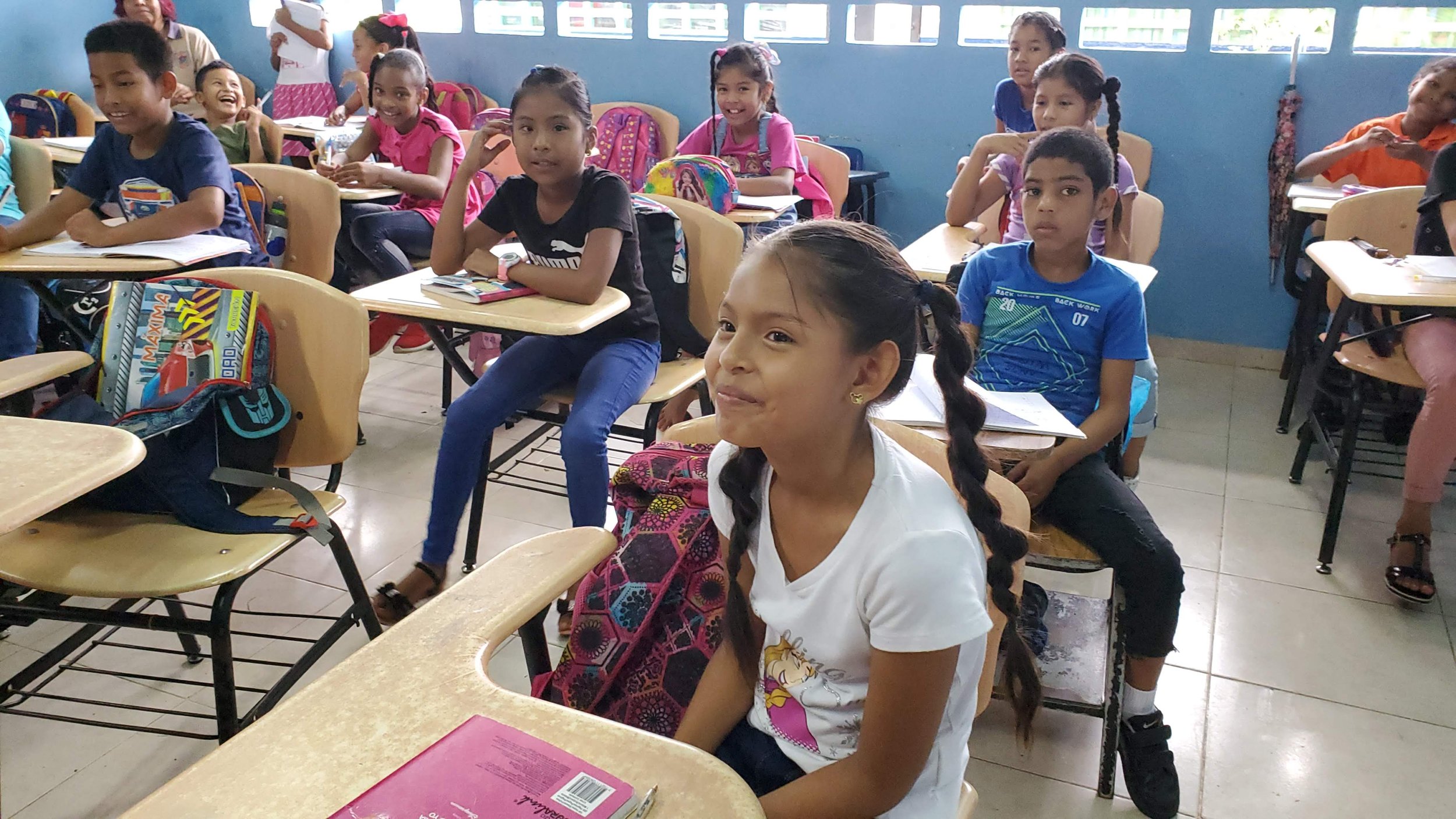
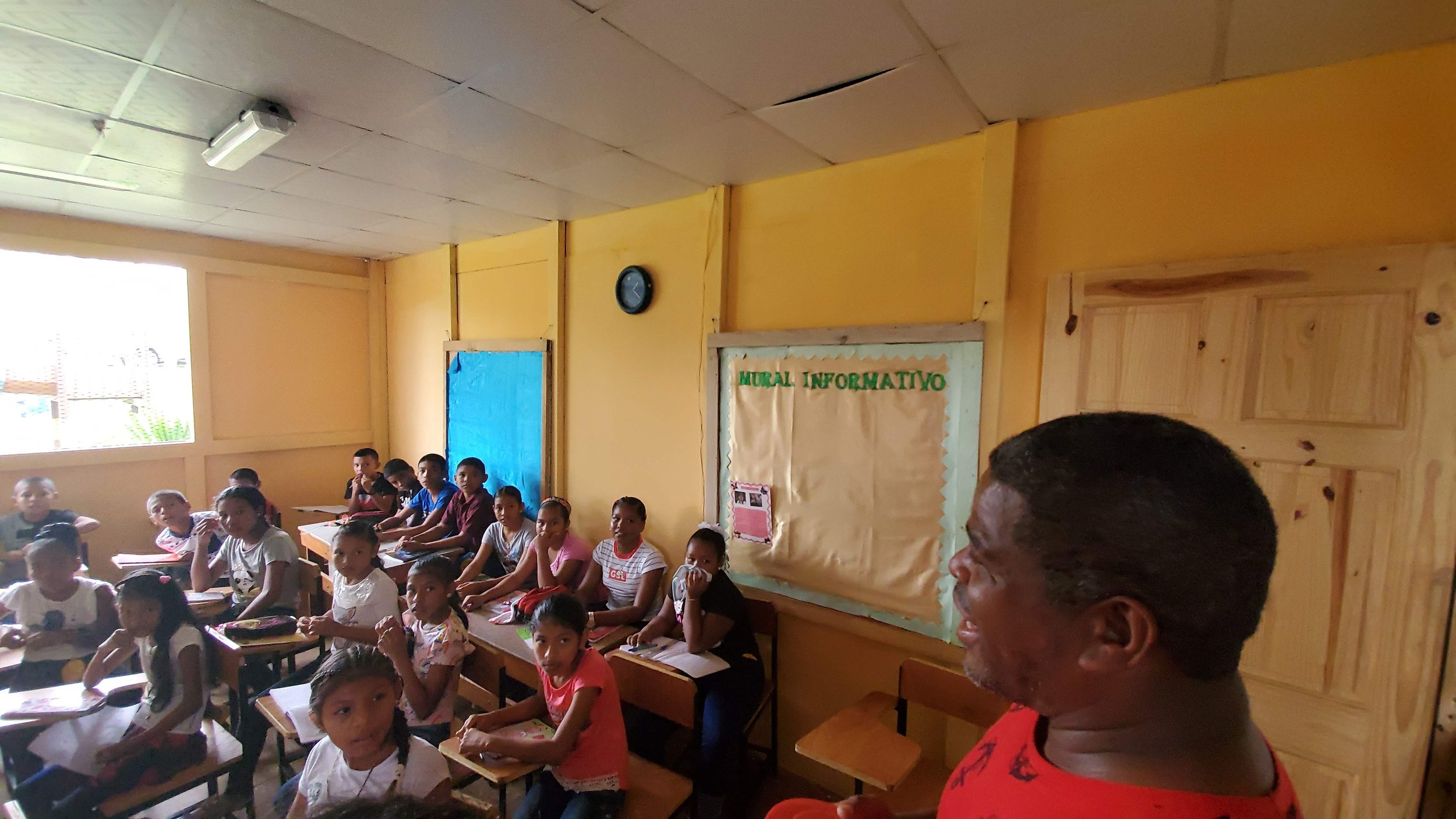




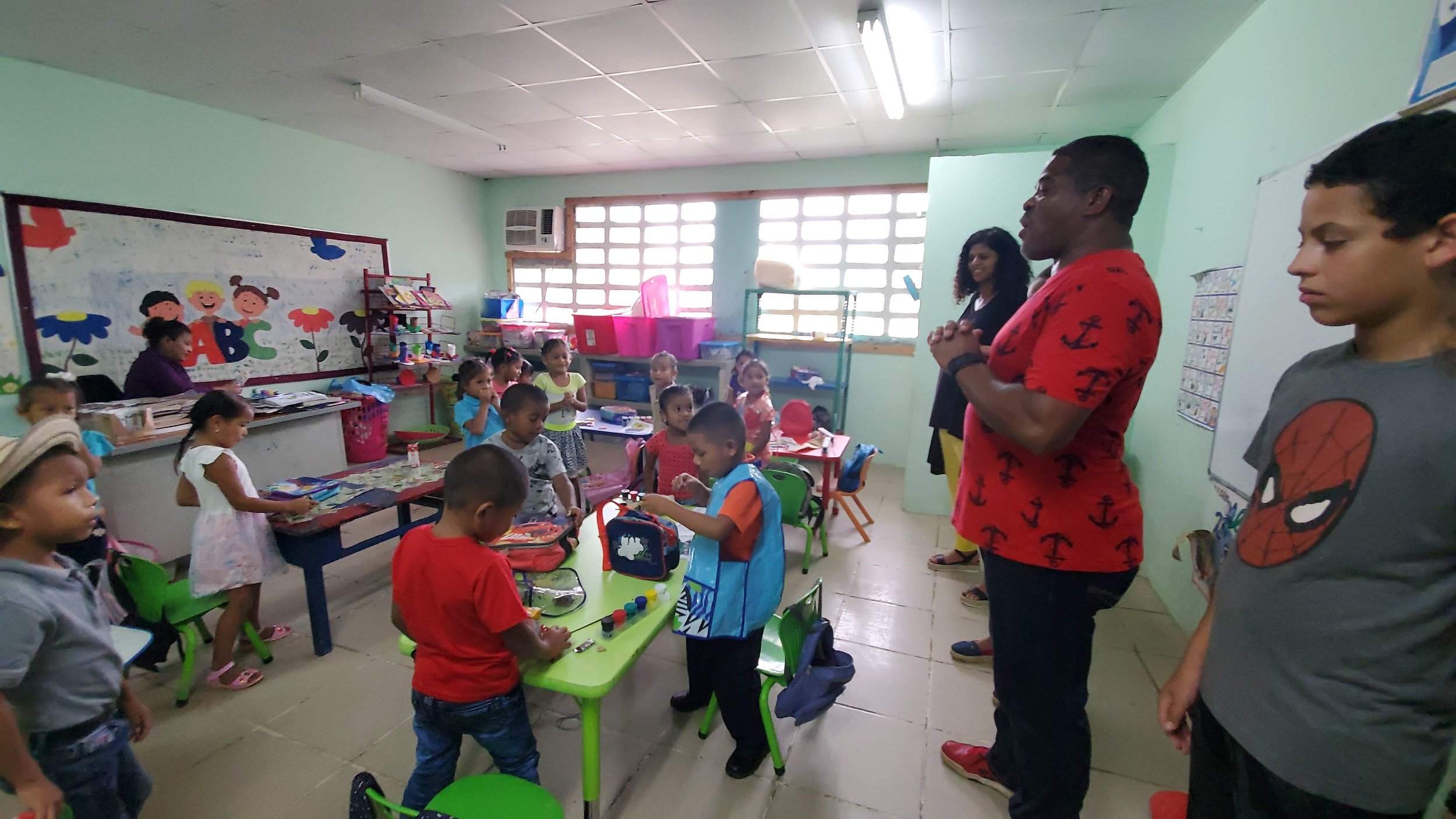
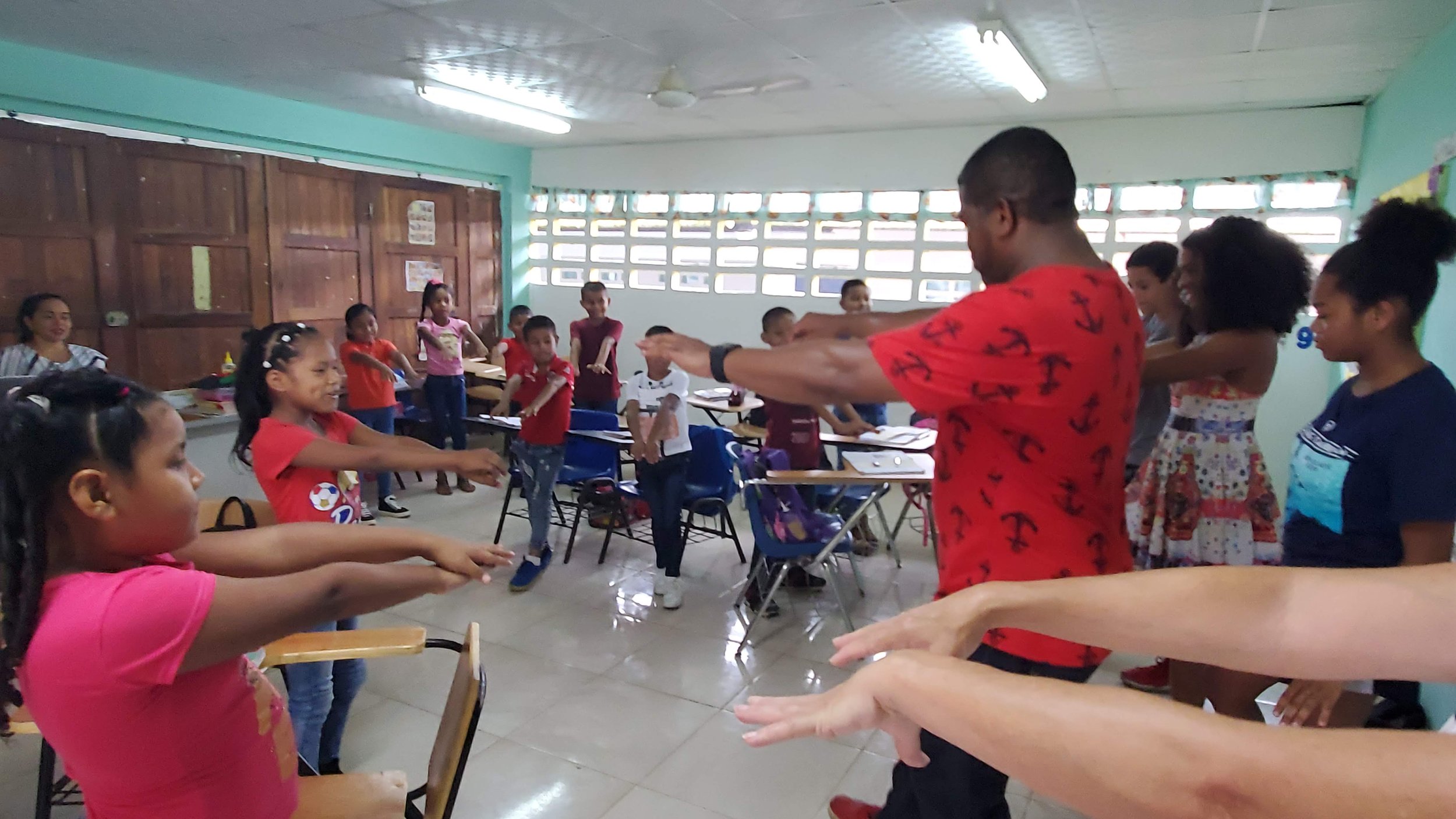

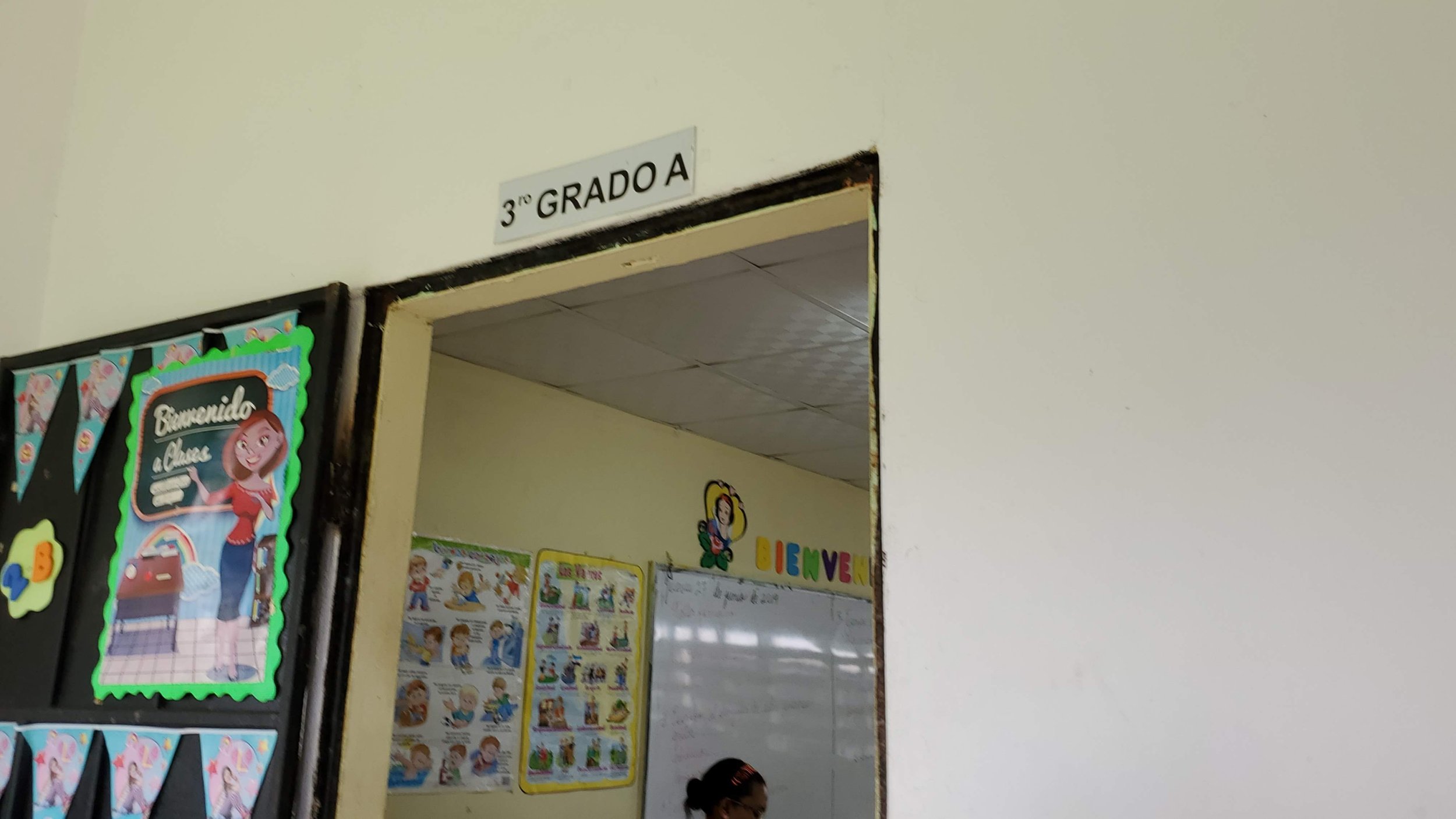
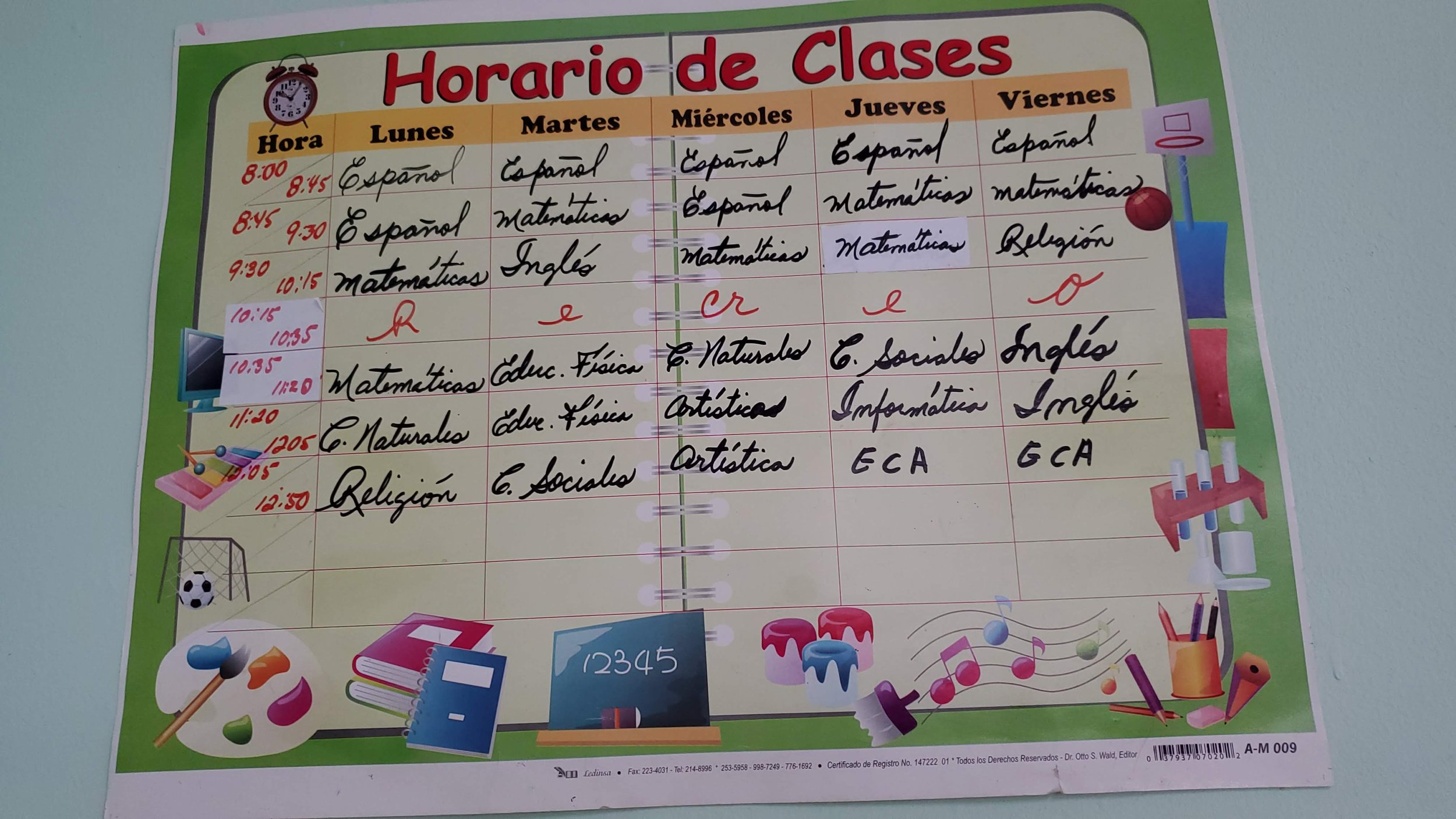
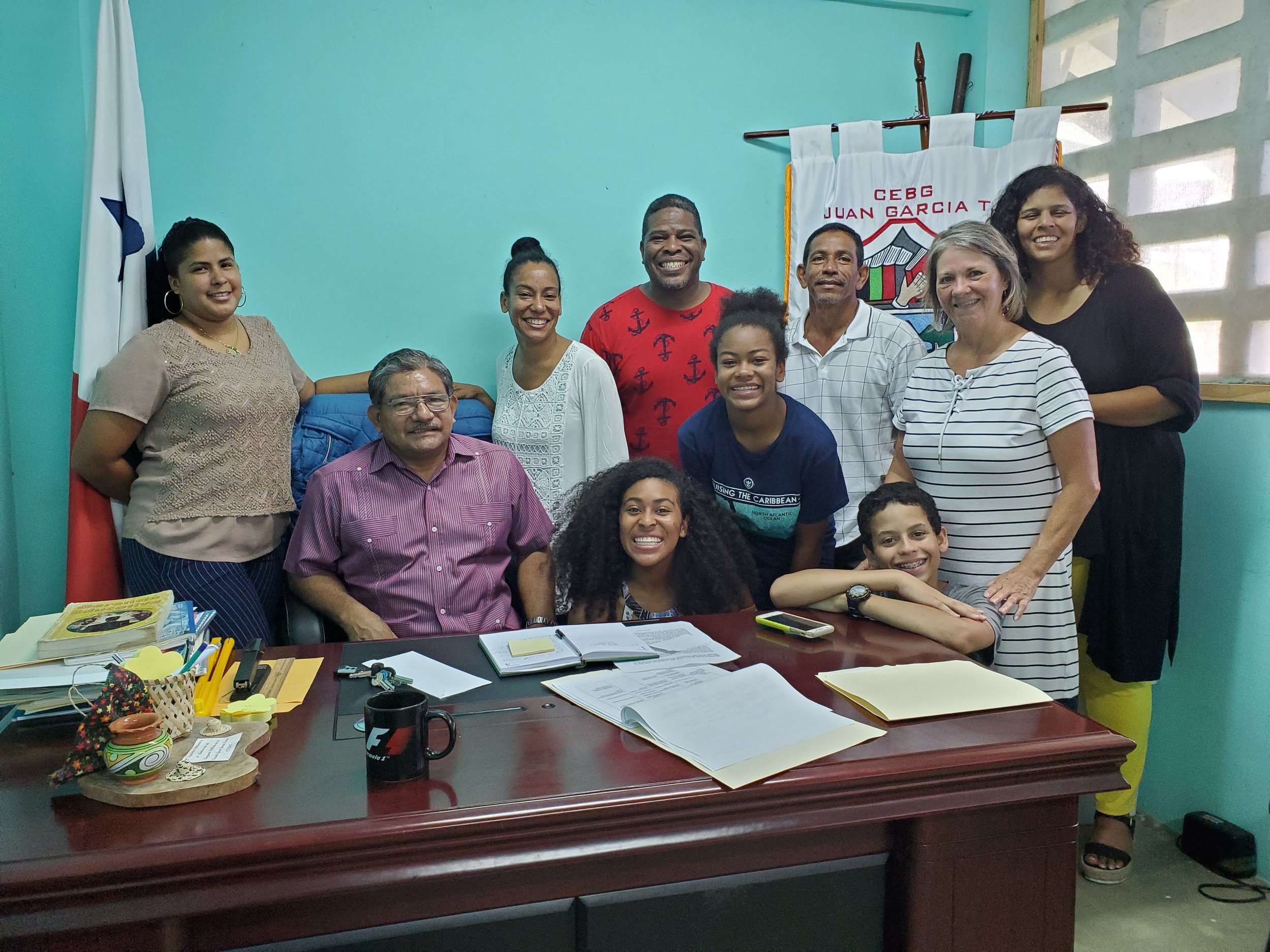
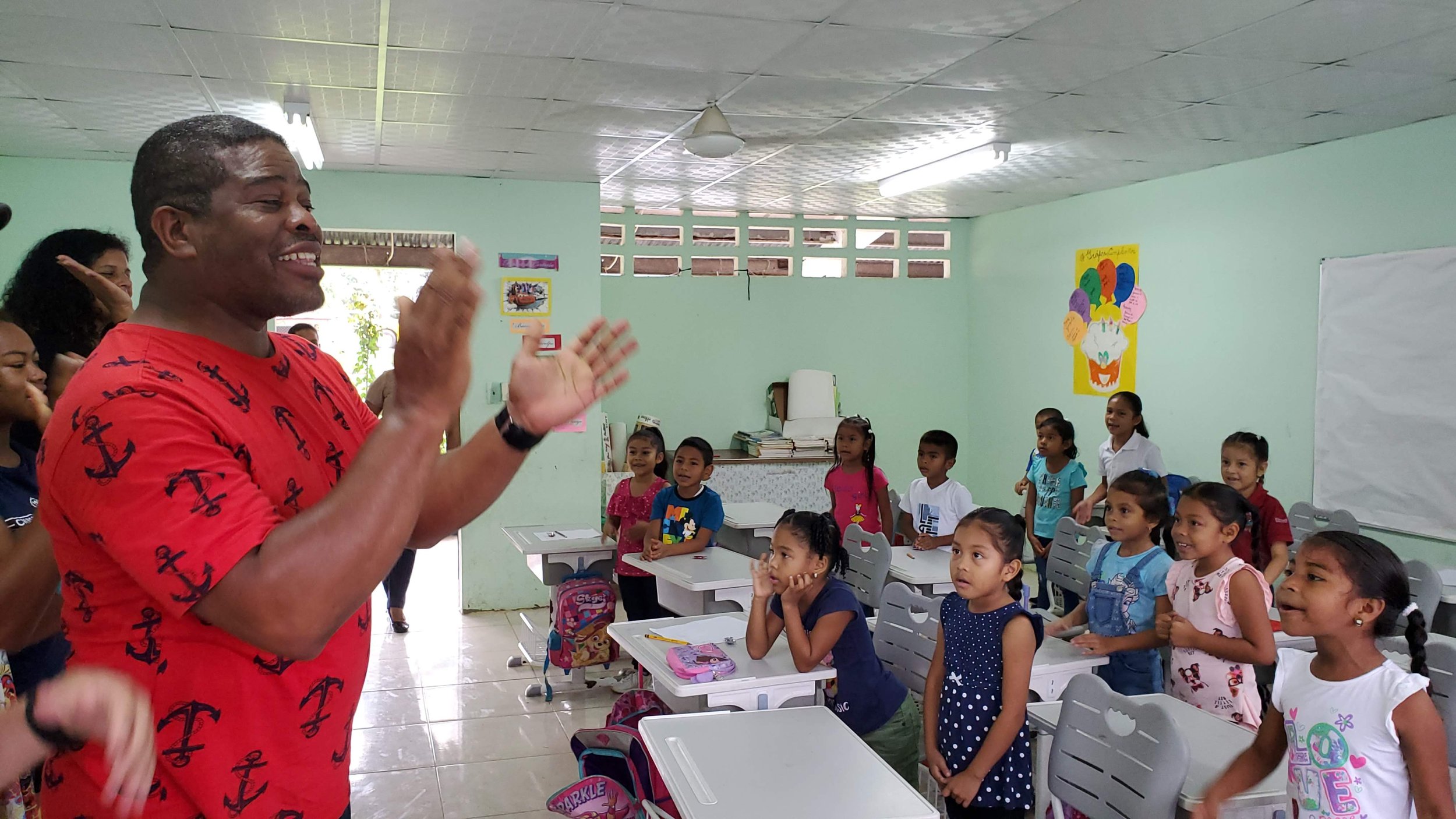

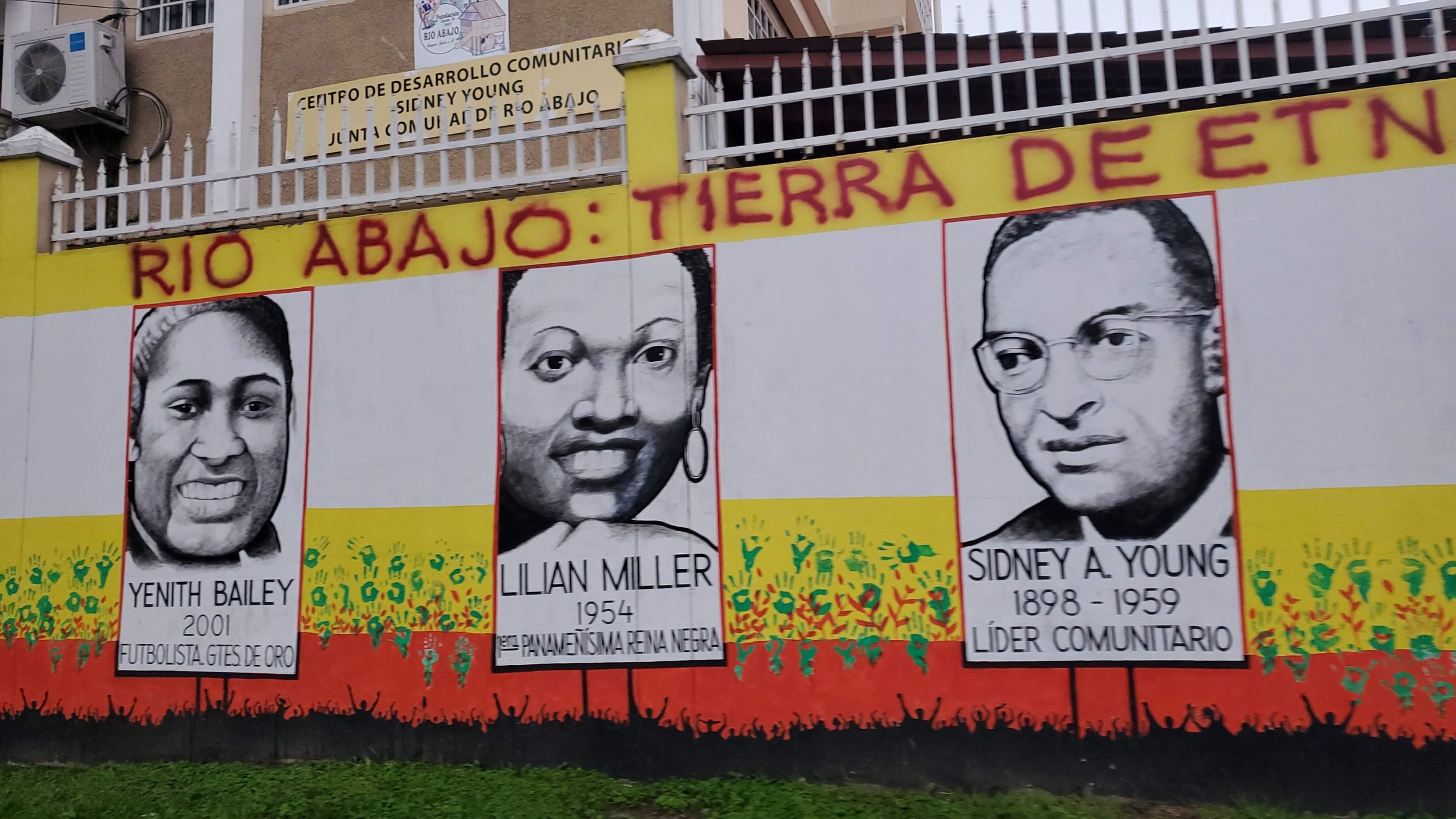
This is the last public school we visited in Colón, Panama, and also a school that is on our list to support. Reinaldo wanted to visit this school and when we arrived here to teach some English lessons to all the students in the school, we learned that the government was not providing any meals because of budget cuts. Reinaldo arranged a meeting with the director of the school, we gave candy to all of the kids for one day, but our plan is to support this school along with our school in Nairobi, Kenya.
5. Expectations of the United States
In the late 1980s, my sister, Jenny and I , shuttling between the Dominican Republic and the bustling streets of New York City. The frequent back-and-forth trips served as poignant reminders of the gratitude I owed for the opportunity to reside in the U.S.A. Yet, I observed that those who hadn't experienced life in the States often held a somewhat idealized view, painting it as a flawless haven with nothing to fear.
In the 1970s, the prospect of emigrating from Panama to the United States carried the weight of immense expectations for many individuals and families. Driven by aspirations for a better life, immigrants, particularly Panamanians, harbored dreams of prosperity and opportunities beyond the borders of their homeland. Fueled by the belief that the United States held the promise of a brighter future, these individuals embarked on journeys marked by both hope and uncertainty. Leaving behind the familiar landscapes of Panama, they navigated the complexities of immigration with determination, driven by a collective vision of achieving success and providing a better life for their families. The high expectations held by these immigrants reflected a resilience and optimism that propelled them forward, shaping the narratives of countless journeys from departure in Panama to arrival in the United States, where the pursuit of the American Dream awaited.
The United States to many foreigners who are stuck where they are is a beautiful place filled with hopes and dreams of a better life. Only some of us attain to the privilege to see this. Others only imagine it.
Read a sample of the book here
U.S.A. Greatest Hits in the 1970’s
You may remember this if you’re old enough, or you may have heard these before somewhere
Bridge over Troubled Waters- Simon and Garfunkel-This song, 'Bridge Over Troubled Water,' resonates so beautifully with the spirit of Panama in the 1970s. Just as the lyrics express a commitment to support and uplift during challenging times, the people of Panama exemplified incredible resilience during that era. The bridge mentioned in the song becomes a metaphor for the unity and strength of the Panamanian community, navigating through the turbulent waters of change. In the face of social, economic, and political challenges, this anthem could easily serve as an ode to the indomitable spirit of the Panamanian people, standing as a bridge of support and hope during their journey. The timeless message of the song finds a profound connection with the collective experience of Panama in the '70s, making it a poignant soundtrack to the stories of that era.
Dancing Queen-Abba- 'Dancing Queen' transports us back to the vibrant spirit of Panama in the 1970s. This iconic ABBA anthem with its infectious rhythm and carefree lyrics perfectly encapsulates the lively atmosphere of that era. In Panama, despite the socio-political challenges, people found solace and joy on the dance floors, celebrating life and forging unforgettable memories. 'Dancing Queen' becomes not just a song but a time capsule, embodying the resilience and exuberance of Panamanians who, much like the rest of the world, embraced the disco era with open arms. The upbeat tempo and lively beats of this song mirror the lively spirit of Panama in the '70s, making it an anthem for those who found moments of happiness amid the complexities of the time.
Lola- The Kinks-Lola by The Kinks is like a musical time machine, effortlessly transporting us to the eclectic and vibrant atmosphere of Panama in the 1970s. The song's catchy melody and witty storytelling capture the essence of an era marked by cultural diversity and a sense of experimentation. In the midst of political and social changes, 'Lola' resonates with the spirit of Panama's dynamic nightlife, where diverse communities came together to dance and revel in the music. The song becomes a soundtrack to the tapestry of experiences in '70s Panama, reflecting the resilience and open-mindedness of the people who navigated the challenges of the time with a contagious spirit of optimism. The Kinks' masterpiece seamlessly intertwines with the colorful stories of Panama's past, making it a timeless anthem for those who lived through and celebrate the energy of that unforgettable decade.
Let it Be-The Beatles-Let it Be by The Beatles seems to echo the soothing sentiments of resilience and hope that resonated with many in Panama during the tumultuous 1970s. Just as the lyrics encourage a sense of acceptance in the face of challenges, this song could be seen as a comforting melody for those navigating the complexities of the time in Panama. Whether it was political changes or personal struggles, 'Let it Be' embodies the spirit of finding peace amidst chaos. The timeless message of this classic aligns seamlessly with the stories of individuals in Panama during that era, offering solace and encouragement to let go and embrace the brighter days ahead. The universal themes in the song beautifully transcend time and space, making 'Let it Be' a poignant reminder of the enduring power of hope in the face of adversity.
I’ll Be There-The Jackson 5-I'll Be There" by the Jackson 5 is like a musical embrace, encapsulating the spirit of unity and support that echoed through Panama in the 1970s. The soulful melody and heartfelt lyrics resonate with the collective journey of the Panamanian people during a time of change and challenges. Much like the lyrics promise unwavering presence and support, this song mirrors the resilience and togetherness of a community navigating through both joys and hardships. In the 1970s, when solidarity was crucial, 'I'll Be There' becomes an anthem for the shared experiences of Panamanians, offering a comforting reminder that, despite uncertainties, they were not alone. The timeless charm of this Jackson 5 hit continues to weave a thread of positivity, connecting listeners to the heartwarming stories of love and support that defined Panama in that transformative era.
All Right Now-Free- All Right Now" by Free is a sonic time capsule that instantly transports us to the electrifying vibe of Panama in the 1970s. This rock anthem's infectious energy mirrors the pulsating spirit of a nation undergoing transformation. In the midst of political shifts and societal changes, 'All Right Now' captures the bold optimism and freedom-seeking ethos that characterized Panama during this dynamic era. The song's empowering lyrics and exhilarating guitar riffs mirror the resilience and determination of the Panamanian people forging ahead with confidence. It's not just a song; it's a rallying cry that resonates with the era's triumphant spirit, encapsulating the '70s Panama experience in a whirlwind of rock and roll. Play it loud and let the echoes of 'All Right Now' reverberate through the memories of a nation moving forward with undeniable gusto!
Get your copy today!
Note: This article has affiliate links….so everything that is hyperlinked, if you happen to purchase, I will gain a commission.




